Lovely Incense – Vajra Sandalwood Incense
It’s been at least a decade since I first smelled rope incense. A friend back then sold them at his incense stall. I wasn’t particularly impressed with this type of incense.
A few years ago, on a whim, I ordered some from Dragonspice, and I actually liked them; unfortunately, I found out it was their last pack, and they couldn’t restock it. 😐
So I wanted to give it another try and ordered this pack of rope incense from Rymer. They cost €4.13, the bundle contains 35 ropes (about 21g); €0.12 per piece.
No burning time is given; I measured about 20 minutes per rope.
The description on the slip of paper the bundle is wrapped in doesn’t say much about the ingredients.
It states that this is traditional Newari incense, called Dhupaya. It’s made from Himalayan herbs by finely grinding the ingredients, wrapping them in a strip of Lokta paper, and twisting it into a cord.
The text also says that the scent of Vajra Sandalwood is said to attract the gods, which is why it’s used by Hindus and Buddhists for religious purposes and meditation.
It also notes that the ropes should be lit at the thick end and placed on a fireproof surface.
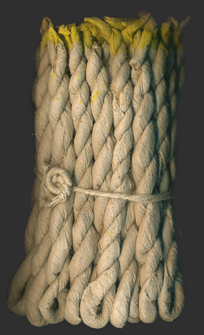
There are actually quite a few ways to burn these little cords:
You often come across simple holders with a catch tray, where you hang the ropes by the loop on a hook. They’re then lit at the thin end and burn from upwards.
Some people stick the tip into a small ceramic holder, like those often provided with dhoop sticks, and in turn light them at the thick end. That works quite well.
This little holder was included in the pack.
But really, you can just let them burn on a suitable surface without a problem.
Incense sticks, however, would go out this way.
(You can click the image for an animated GIF.)
I recommend using something that’s easy to clean. When burned, a sticky, tar-like residue is left behind, which can easily be washed off with soap.
Vajra Sandalwood Incense, in my opinion, doesn’t smell like sandalwood. The scent is smoky and sour in the same way that a lot Tibetan or Bhutanese incense is to me. Recently, I tried Sandalwood Incense from Pure Tibet (which is made in Nepal), and they also had a distinct sour note.
Maybe you need the right nose for this style of incense to recognize the sandalwood in it, but I must admit I rather doubt there’s any sandalwood in it at all.
In a way, the scent reminds me rather of juniper wood, but that’s not quite right either.
Out of curiosity about the colour of the powder, I took apart one of the ropes. You can see the contents here:
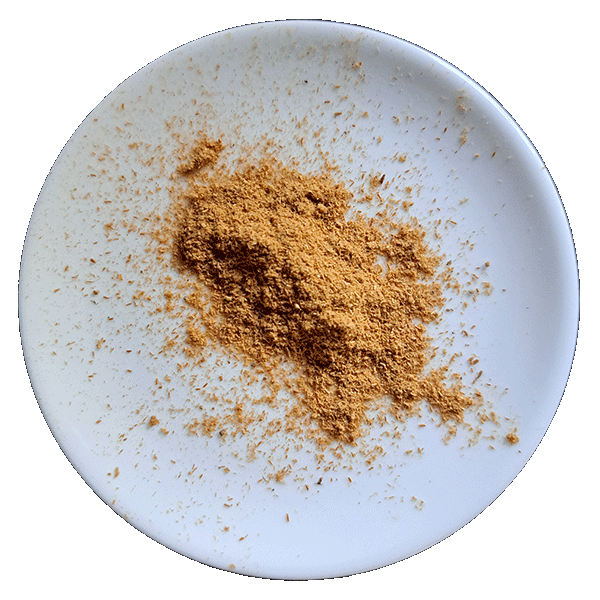
Even when gently heating the powder on an incense burner, no sandalwood scent appears. It’s just a clearer version of the woody and sour-fresh scent, without the smokiness from burning.
Do you like incense ropes?
Do you even have a recommendation for me?
Let me know in the comments. 🙂
Note about Rymer:
Although the ordering process was somewhat complicated, I really wanted to order from Rymer because I’m really impressed with their range. Not only when it comes to incense sticks but also loose incense.
The shop’s system only allows orders within the Czech Republic and Slovakia, so I asked if they would also ship to other EU countries, which they were happy to do upon request.
Michael Rymer, the owner, was very helpful and responsive throughout the process (in English). I was told to enter my real address in the note field at checkout and select the Czech Republic and 54401 as the postal code to complete the order.
Payment options include bank transfer and a few others – no PayPal.
A while after receiving the automated invoice, I was sent a second invoice with the actual shipping costs. Originally, shipping was supposed to cost €20 – which I found quite high but accepted nonetheless. Later, Mr. Rymer sent me another email informing me that it had cost less than expected and offered me a €6 refund. So, the actual shipping costs were €14, which was roughly what I had expected.
He could have just said nothing and kept the money, but he didn’t, and I think that’s very decent.

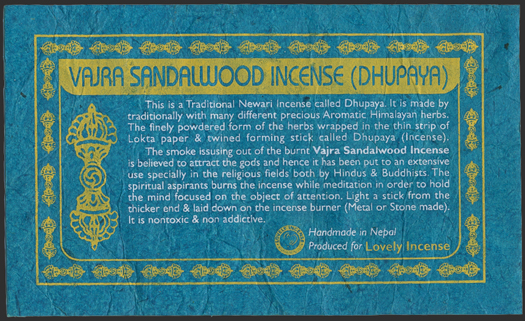
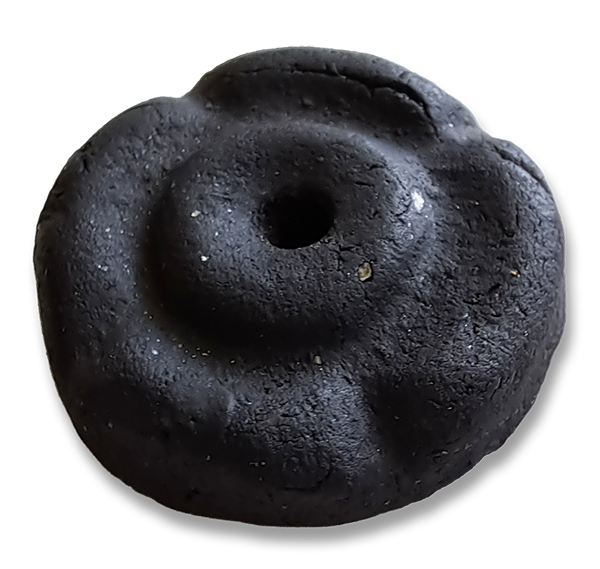
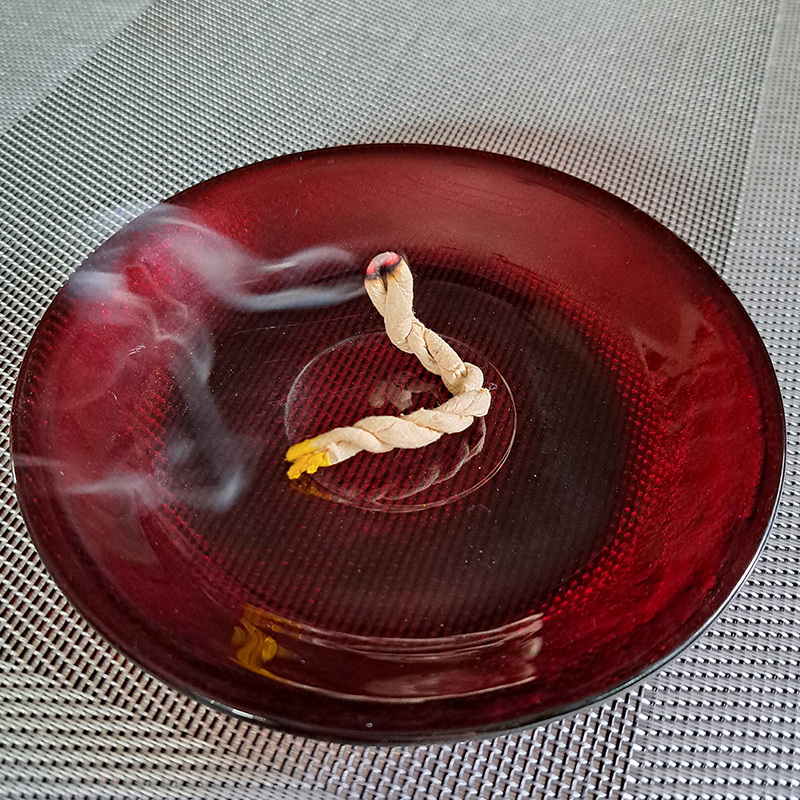
I haven’t managed to find any rope incense that I like, which is a shame because it’s such a cool format!